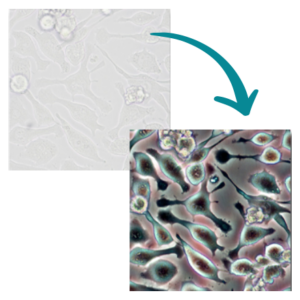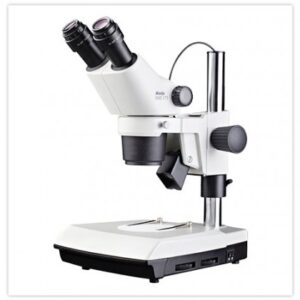What is Phase Contrast?
Phase-contrast microscopy is an optical microscopy technique that converts phase shifts in the light passing through a transparent specimen to brightness changes in the image. Phase contrast is when living cells (unstained) absorb virtually no light. Lack of light absorption results in extremely small differences in the intensity distribution in the image. The cells become barely visible in a brightfield microscope.
Applications in Microscopy
To produce high-contrast images of transparent specimens including:
- living cells
- microorganisms
- thin tissue slices
- patterns
- fibers
- sperm
- glass fragments
- subcellular particles
Benefits to phase contrast
- makes a highly transparent object more visible
- living cells can be observed in their natural state (without previous fixation or labeling)
- no special preparation of staining is needed to study an object under a phase-contrast microscope, which in turn saves you time
- examining components of living cells at relatively high resolution
- phase-contrast optical components can be added to virtually any brightfield microscope





